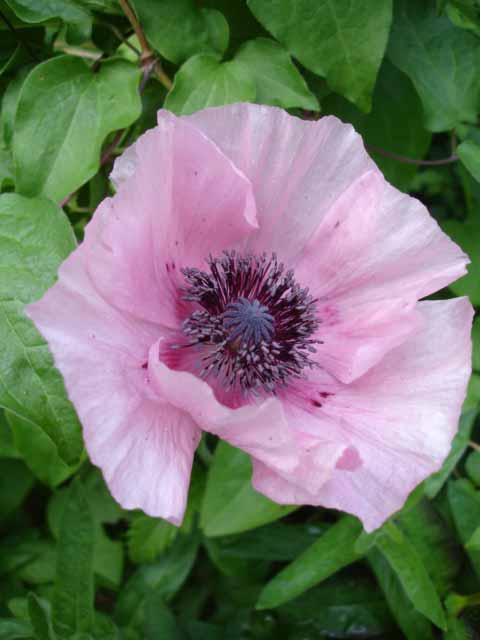Papaver orientale on:
[Wikipedia]
[Google]
[Amazon]




 ''Papaver orientale'', the Oriental
''Papaver orientale'', the Oriental
Garden Guides: Oriental Poppy varieties



 ''Papaver orientale'', the Oriental
''Papaver orientale'', the Oriental poppy
A poppy is a flowering plant in the subfamily Papaveroideae of the family Papaveraceae. Poppies are herbaceous plants, often grown for their colourful flowers. One species of poppy, ''Papaver somniferum'', is the source of the narcotic drug opi ...
, is a perennial
A perennial plant or simply perennial is a plant that lives more than two years. The term ('' per-'' + '' -ennial'', "through the years") is often used to differentiate a plant from shorter-lived annuals and biennials. The term is also wid ...
flowering plant
Flowering plants are plants that bear flowers and fruits, and form the clade Angiospermae (), commonly called angiosperms. The term "angiosperm" is derived from the Greek words ('container, vessel') and ('seed'), and refers to those plants th ...
native to the Caucasus, northeastern Turkey, and northern Iran.
Oriental poppies grow a mound of leaves that are hairy and finely dissected in spring. They gather energy and bloom in mid-summer. After flowering the foliage dies away entirely, a property that allows their survival in the summer drought of Central Asia. Gardeners can place late-developing plants nearby to fill the developing gap.
Cultivation
''Papaver orientale'' usually thrives in soil pH 6.5 to 7.5 and in full sun or part shade. Seeds are sown after the potential of frost has passed, the average temperature is approximately 21°C
The degree Celsius is the unit of temperature on the Celsius scale (originally known as the centigrade scale outside Sweden), one of two temperature scales used in the International System of Units (SI), the other being the Kelvin scale. The ...
and when soil has thoroughly warmed. The seeds are sown at a depth of about one centimeter, or less as light may stimulate germination. Oriental Poppies do not handle transplanting
In agriculture and gardening, transplanting or replanting is the technique of moving a plant from one location to another. Most often this takes the form of starting a plant from seed in optimal conditions, such as in a greenhouse or protected ...
or over-watering well. Germination period is 10–20 days. Mulch
A mulch is a layer of material applied to the surface of soil. Reasons for applying mulch include conservation of soil moisture, improving fertility and health of the soil, reducing weed growth and enhancing the visual appeal of the area.
A mu ...
can be used to protect the plant over the winter and deadheading will produce a second flower.
Cultivars
Cultivars (those marked have gained theRoyal Horticultural Society
The Royal Horticultural Society (RHS), founded in 1804 as the Horticultural Society of London, is the UK's leading gardening charity.
The RHS promotes horticulture through its five gardens at Wisley (Surrey), Hyde Hall (Essex), Harlow Carr (Nort ...
's Award of Garden Merit
The Award of Garden Merit (AGM) is a long-established annual award for plants by the British Royal Horticultural Society (RHS). It is based on assessment of the plants' performance under UK growing conditions.
History
The Award of Garden Merit ...
):-
See also
'' Oriental Poppies'', 1927 painting byGeorgia O'Keeffe
Georgia Totto O'Keeffe (November 15, 1887 – March 6, 1986) was an American modernist artist. She was known for her paintings of enlarged flowers, New York skyscrapers, and New Mexico landscapes. O'Keeffe has been called the "Mother of Ame ...
References
Sources
Garden Guides: Oriental Poppy varieties
External links
{{Taxonbar, from=Q149279 orientale Garden plants Plants described in 1753 Taxa named by Carl Linnaeus